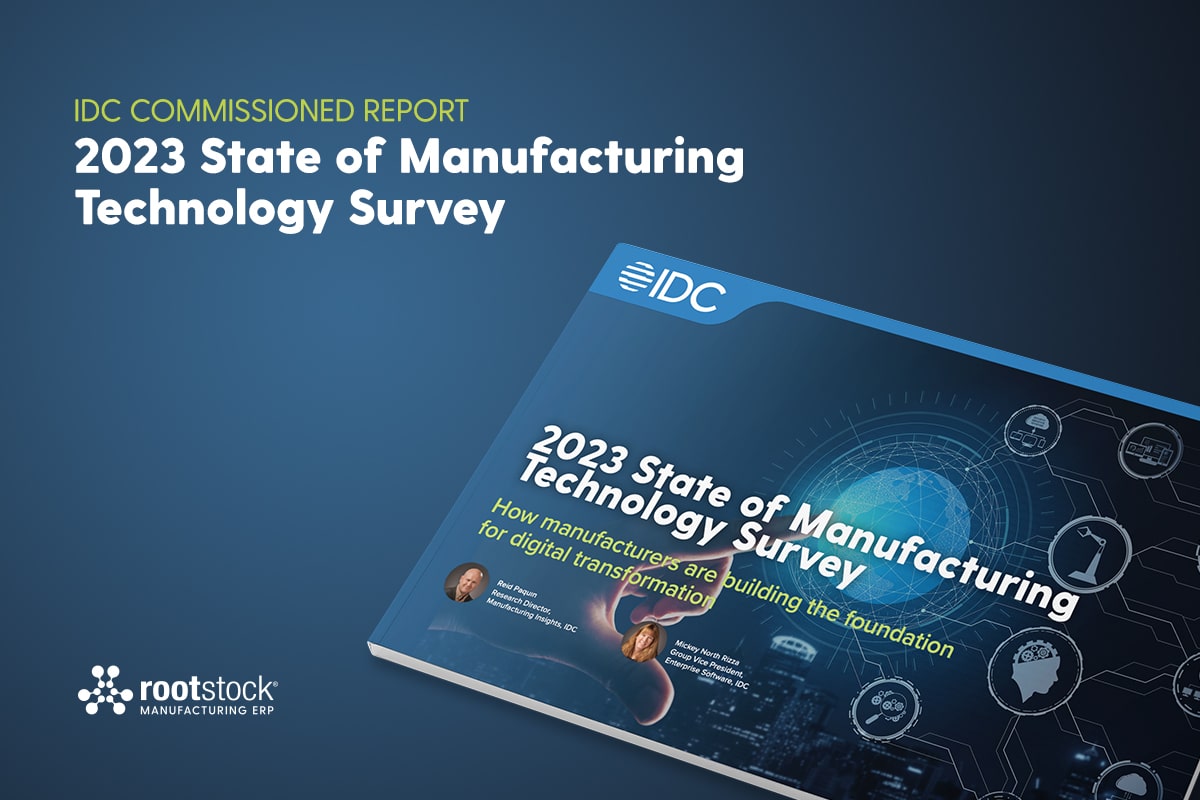Leverage After-Sales Service to Increase Revenue
Thanks to technology innovations made possible by the cloud, manufacturers are able to leverage after-sales service to increase revenue and improve customer satisfaction. Cloud ERP solutions help organizations streamline their workflows and provide visibility into their entire operation. These new efficiencies are helping firms optimize their service organizations and integrate service and maintenance data from smart sensors, ultimately driving after-sales service growth.
Manufacturers are looking beyond product sales for ways to overcome continuing market volatility and declining margins, and are finding opportunities in after-sales service. In “IDC FutureScape: Worldwide Manufacturing 2017 Predictions,” IDC Research, Inc. analysts predict that by 2020, manufacturers will realize 20% more aftermarket revenue by improving product and service quality to enhance the customer experience.
Manufacturers are Finding New Business Models Based on Service
Many manufacturers are already implementing growth strategies and new business models based on service, which delivers higher margins and happier, more loyal customers. To ensure that these new growth strategies are successful, organizations are using cloud-based ERP systems along with other new technologies.
Improved efficiency in the service operation leads to better resolution rates, more accurate billing, and improved upselling and cross-selling. Two areas of operation in particular, service parts management and service contract management, have great potential for after-sales revenue.
In our on-demand economy, customers want fast and reliable service. Manufacturers must be able to forecast and react to these customers as quickly and accurately as possible. A big part of a successful and efficient after-sales service operation is a cloud-based service parts management system that optimizes inventory to cut costs, increase profitability and improve customer satisfaction.
Cloud ERP solutions give manufacturers visibility to every step in the supply chain, including parts inventory. Firms can see immediately which parts will be needed to service their customers’ products and plan their inventory to minimize costly parts that are not needed. Manufacturers can also take advantage of the just-in-time nature of 3D printing to create parts that may be unavailable or require a special order.
In the past, manufacturers and their channel partners relied on ineffective, manual tools to manage service contracts. They didn’t know which customers bought service contracts, when those contracts were due for renewal and which customers owned products not protected by service agreements. Renewal rates suffered as a result.
But the cloud has changed all that. Firms can now track the entire service lifecycle more efficiently, and recapture a lot of lost revenue. Manufacturers can improve data quality by analyzing a variety of data sources and systems across the supply chain. They can measure the effectiveness of incentive programs, renewal rates and registration rates. They can use predictive analytics to predict what their customers will buy next. Taken together, these steps can reveal opportunities for revenue.
The Impact of the Internet of Things
The Internet of Things (IoT) may have the largest impact on service organizations through the use of smart sensors installed in machines, service vehicles, packaging, and the products themselves. The resulting improved service will go a long way to capturing customer loyalty.
Smart sensors installed in service vehicles can help dispatchers route or reroute service technicians as needed to answer service calls, as well as monitor technician productivity and accurate billing.
Smart sensors installed on the shipping container, package, label and in the product give organizations real-time data about location; environmental conditions such as temperature, vibration and humidity; and product performance.
Smart sensors installed in products can tell service organizations when the product is due for calibration or preventive maintenance. They can monitor product operation to ensure that equipment and machinery is being operated properly and identify improper operation that may void the warranty.
Smart sensors can monitor products for warning signs that service is or will be needed soon. Automated workflows made possible by the cloud would then trigger automated responses and automatic service intervention.
Conclusion
There are other ways that manufacturers can find revenue in after-sales service, thanks to the cloud. For example, firms can aggregate and package important data into valuable insights that can be offered to customers to add new revenue streams.
The cloud has changed manufacturing and not just on the shop floor or in the IT department. Cloud ERP solutions help firms leverage critical business intelligence and technology innovations to uncover revenue opportunities in after-sales service.






